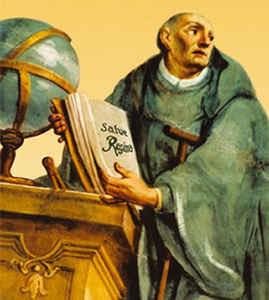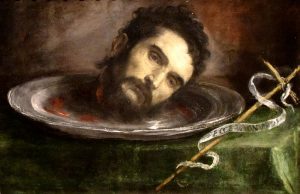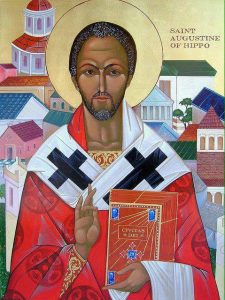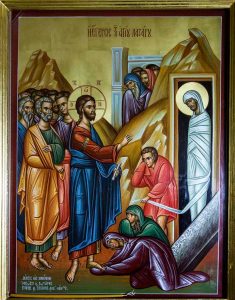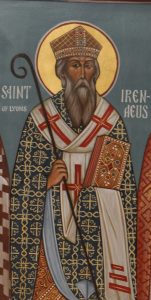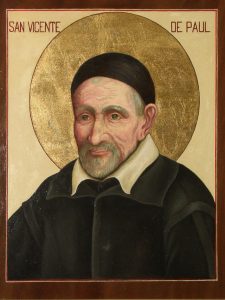
Today is the liturgical memorial of Saint Vincent de Paul and the 400th anniversary of the Congregation of the Mission (the Vincentians). My prayer today is focussed on the Vincentian gift I received as a school boy at St. Stanislaus Church, New Haven, CT. Thanks be to God for Vincent and his Family!
In his letter to the Vincentian Family today, the Holy Father wrote:
He was always progressing, open to seeking God and himself. Grace worked to supplement this constant quest: as a shepherd, he encountered Jesus the Good Shepherd in a striking way in the person of the poor. This occurred in a very special way when he allowed himself to be touched by the eyes of a man thirsting for mercy and by the situation of family lacking everything. At that moment, he was deeply moved by Jesus looking at him, inviting him to no longer live for himself, but to serve Jesus wholeheartedly in persons who are poor, whom Vincent de Paul would later call “our lords and masters” (Correspondence, Conferences, Documents XI, 349). His life then became steadfast service, up to his last breath. A verse from Scripture showed him the meaning of his mission: “The Lord has sent me to bring the Good News to the poor” (cf. Lk 4:18).
In the glorious wounds of Jesus, may you find the strength of charity, the happiness of the grain that gives life by dying, the fecundity of the rock from which water gushes forth, the joy of coming out of yourself in order to go out into the world, free from nostalgia for the past, confident in God and creative regarding the challenges of today and tomorrow because, as Saint Vincent said, “love is inventive to infinity”.
